Brushstrokes of History: Tales from the Lives of Master Artists
Explore the rich tapestry of art history through the captivating tales of master artists. 'Brushstrokes of History' delves into the lives, inspirations, and legacies of renowned painters, offering insights into their artistic journey and the profound impact they left on the world of art.
|
|
Categories
All
Canaletto
Caravaggio
Edward Hopper
Frida Kahlo
Grandma Moses
John William Waterhouse
Joseph Farquharson
Louise Rayner
Lowry
Michelangelo
Pieter De Hooch
Predecessors Who Shaped Leonardo Da Vinci's Genius
Renoir
Salvador Dali

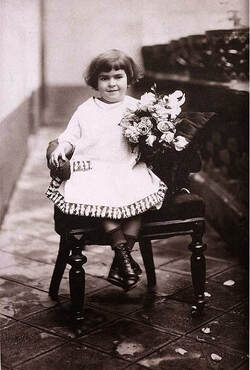
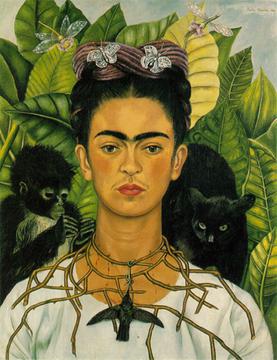
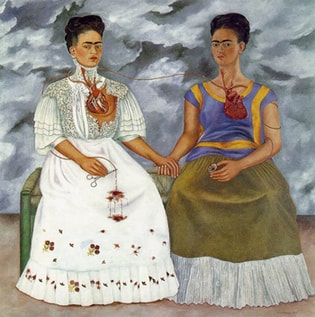
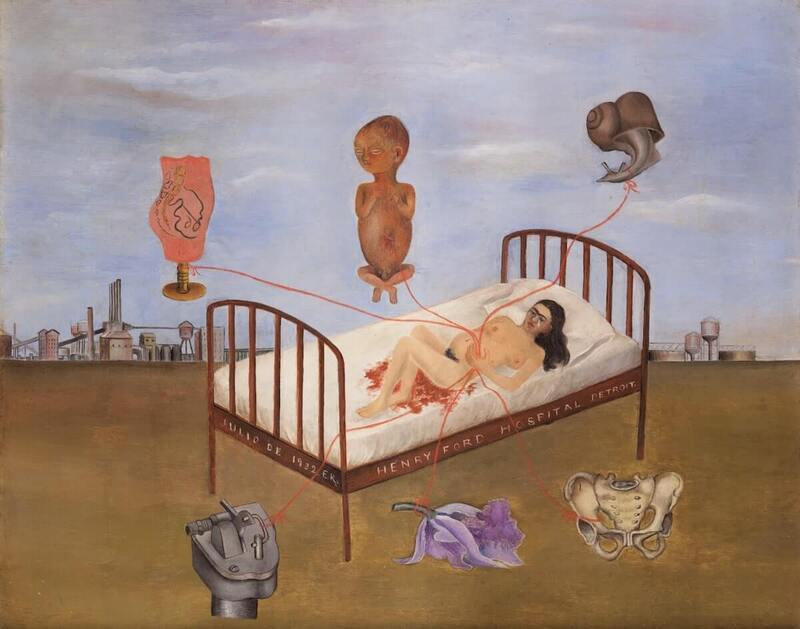
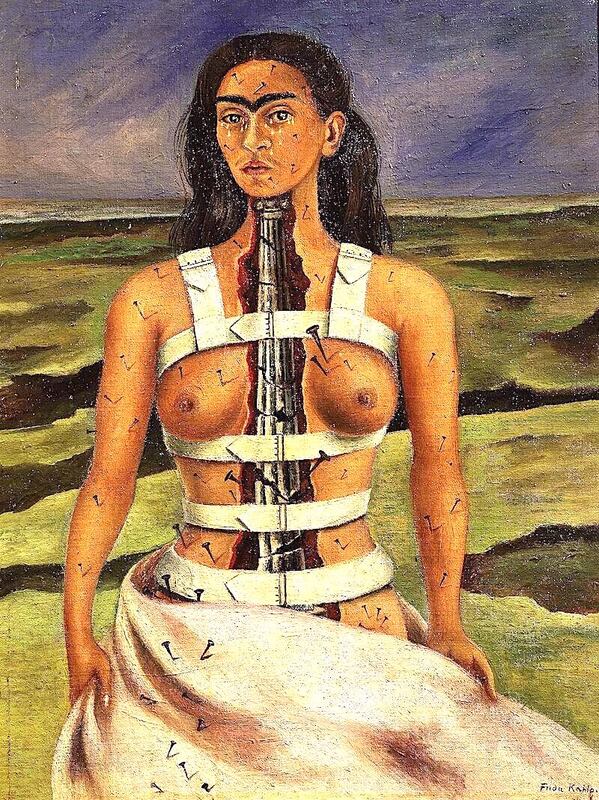
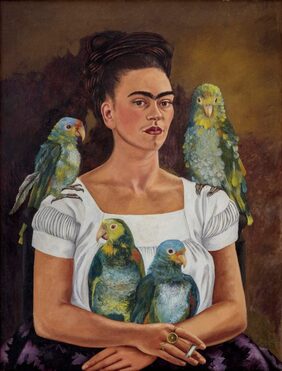
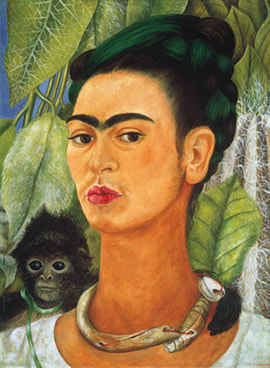
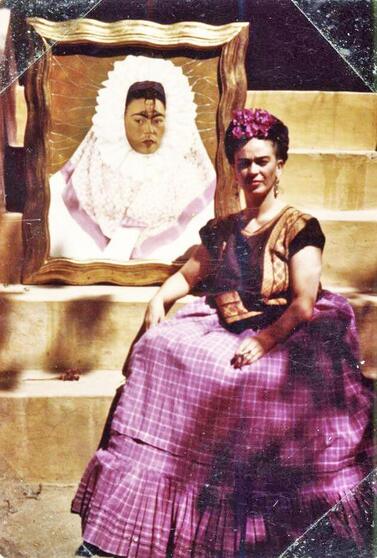
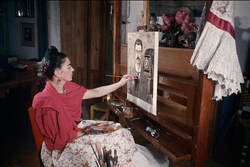
 RSS Feed
RSS Feed